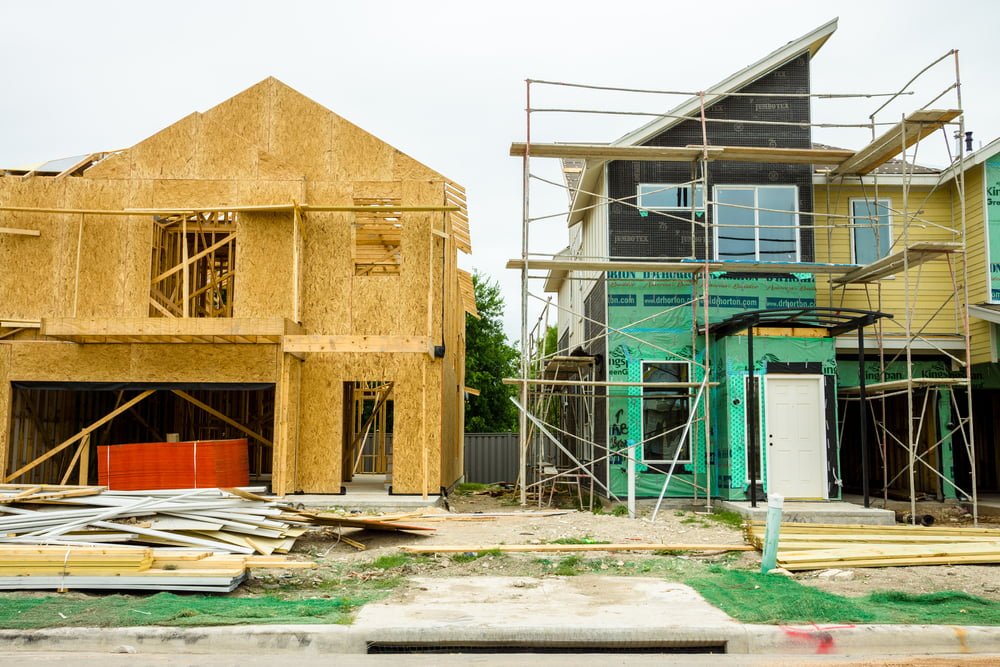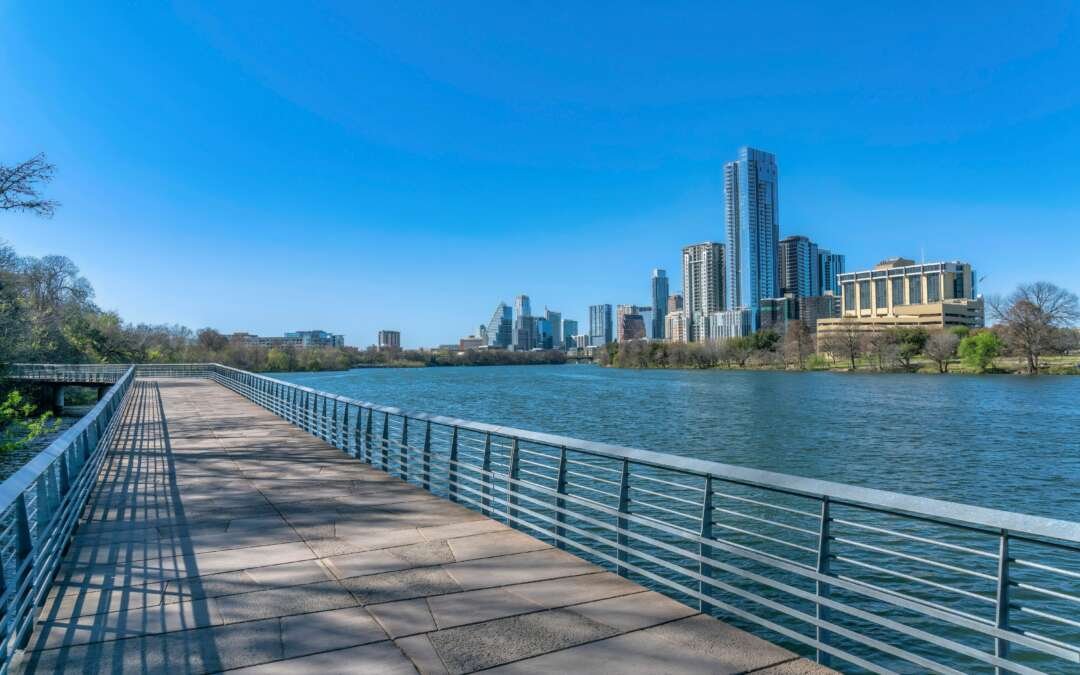Before You Buy: The 5 Major Home Systems Every Buyer Should Inspect First
Before buying a home, it’s easy to fall in love with aesthetic details—the fresh paint, modern fixtures, or perfectly staged living room—but those things can be changed or upgraded at any time. What truly matters are the critical systems that determine the home’s safety, longevity, and financial soundness. We often tell our clients that you can fix the paint, reseal caulking, replace appliances, or swap out cabinet hardware, but the Big Five—foundation, roof, HVAC, electrical, and plumbing—are different. These systems are the backbone of the home, and if they are compromised, the repair costs can be substantial. Before making an investment of this size, it’s essential to understand their condition, potential risks, and remaining lifespan to avoid costly surprises down the road.



